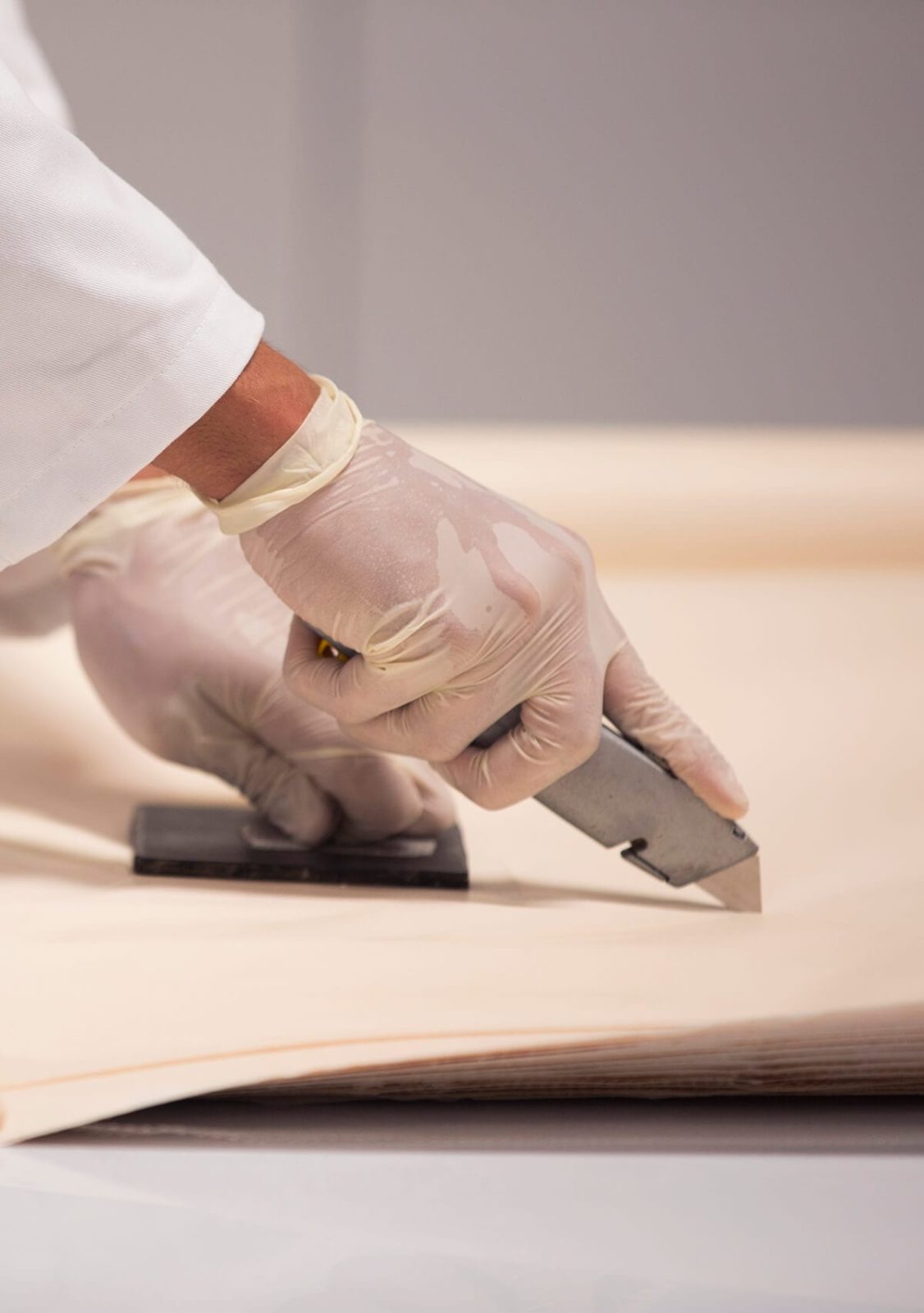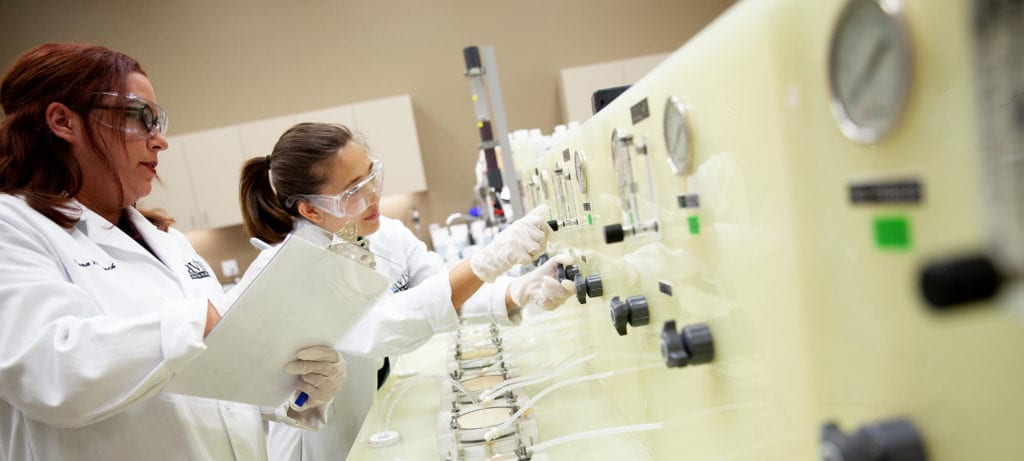Membrane Fouling: Common Causes, Types, and Remediation
The global membrane technology market is expected to grow at a CAGR of 6.5%, from $7.38 billion in 2022 to $11.46 billion by 2029.
Membrane technology can help you boost quality and cut down on manufacturing costs. While they need little maintenance, they are often subject to membrane fouling.
When it comes to fouling, your system may experience surface fouling or feed spacer fouling, which can affect performance. Luckily, there are ways you can prevent membrane fouling.
This guide highlights everything you need to know about membrane fouling. It discusses the causes, types, and remediation processes. Read on to learn more.
What is Membrane Fouling?
Membrane fouling takes place when contaminants deposit on the surface of the membrane or in the membrane feed spacer, limiting the flow of liquids through the membrane.
Some of the main causes of a fouled membrane include:
- Suspended solids: These include iron, aluminum, manganese, clay, silt, and more.
- Scaling: Saturation of substances like calcium carbonate, silica, barium sulfate, and strontium sulfate on the membrane surface.
- Organic: Naturally occurring organics found in surface water cause membrane surface or feed spacer fouling.
- Biological: Bacteria and organic slimes can develop on the membranes’ surface, reducing permeate flow.
Types of Membrane Fouling
There are different forms of fouling that your membrane may experience.
Here are the major foulants/scale that you can expect to see when completing a membrane autopsy:
Colloidal/Particulate Fouling
This form of fouling occurs when colloidal material or suspended solids deposit on the surface of the membrane or in the corners of the feed spacer. As these colloidal particles collect, they create a layer that impedes water from permeating.
This is often caused by suspended material and non-biological particles in the feed water, especially if sourced from surface water.
If you want to better understand your system’s risk of colloidal/particulate fouling, consider measuring the feed stream’s turbidity, particle counts, and Silt Density Index. These measurements are essential to the health of your membrane and the good operation of your RO process.
Microbial/Biological Fouling
Microbial/biological fouling happens when plants, algae, microorganisms, or other living foulants deposit and multiply on the surface of your membrane.
Biologically fouled membrane contaminants flourish in temperate habitats with inadequate flow rates. They can adhere to the membrane surface and reproduce while discharging an extracellular polymeric substance (EPS), also known as a biofilm.
The biofilm is a gel layer that has chemical properties that cause surface fouling resulting in reduced
flow through the RO process. As a result, you may experience significant pressure increase, reduced membrane flux, and increased differential pressure, creating excessive energy costs.
Precipitation or Scaling
Scaling occurs when sparingly soluble salts are concentrated up in the brine stream of an RO process. This causes the ionic constituents to precipitate on the surface of the membrane.
If you own NF/RO systems that have higher recovery rates and are at risk of scaling.
Organic Fouling
This type of fouling happens when carbon-based materials collect on the surface of the membrane or in the feed spacer channels. Organic material contains carbon-based mixtures usually found in surface water and soil. They are often a result of the decomposition of animal and plant material.
How Membrane Fouling Affects Separation Processes
The membrane separation process typically depends on the use of semi-permeable membranes. The membranes are considered cross-flow technology, where feed flow travels across the surface of the membrane, and a small amount of water is permeated through the membrane surface. When membrane fouling occurs, it restricts water flow across and through the membrane. This often leads to hydraulic imbalance and causes the overall performance to decline. You may also face greater energy consumption and even damage to the membranes.
Signs You Have a Fouling Membrane
Don’t know if your membrane is fouling? Look out for the following signs.
Increasing Differential Pressure
Differential pressure refers to the pressure drop between the feed and the concentrate of a semipermeable membrane. As membranes foul, the differential pressure will increase across the membrane.
If foulant adheres to the membrane; as a result, a higher pressure will be required to produce the target amount of permeate water. When the differential pressure increases, your systems may be experiencing membrane fouling and should be cleaned.
Decrease in the Permeate Flux
Permeate flux defines the quantity of permeate produced during membrane separation per unit of time and RO membrane area. For example, 15 gfd refers to a flux rate of 15 gallons per minute per square foot of membrane surface area. When you experience a permeate flux decline, it’s a clear indication of membrane fouling.
Water Quality Decline
If your membranes display poor salt rejection, fouling may be to blame. Sometimes poor water quality may be a symptom of poor pretreatment methods, changes in feed water quality, and temperature. So ensure you check the foulant’s composition as it may offer some clues.
In case the fouling contaminants are colloidal, cleaning and enhancing pretreatment may help. But if the poor salt rejection happens simultaneously with an increase in operating or differential pressure, your membrane may be experiencing scaling or fouling.
Strong Odors and Mold
Are you noticing odors from your membranes?
They may have biological fouling. Biological growth can cause strong, unpleasant smells in your membrane filtration system. The filters may have slime forming on the surfaces of the membrane.
How to Prevent Membrane Fouling?
Membrane fouling is reversible. Below are some ways you can prevent membrane fouling in your system.
Scheduled Cleaning
A regular cleaning routine with specialty products can help to prevent fouling contaminants from building up on the membrane. Ensure you schedule regular cleanings for optimal results.
Membrane cleaning strategies can vary depending on the type of contaminants and the reverse osmosis system design. Cleaning methods you can use include:
Mechanical Cleaning
Mechanical cleaning involves using physical force to ensure the contaminants loosen from the membrane and flush out of the system.
This is done with a low-pressure (<60-psig) high-flow pump (40-gpm per 8” pressure vessel in parallel). Typically the cleaning process is done with a low pH and high pH cleaning solution selected to target the foulant or scale on the membrane surface.
Chemical Cleaning
This type of cleaning uses custom-formulated cleaners that can remove scales and particulate deposits that precipitate on the membrane surface. Cleaning chemicals should be chosen based on the type of contaminants present, and procedures should be provided to match the unique reverse osmosis process. Cleaning by stage is recommended to avoid poor cleaning results due to inadequate flow dynamics.
Pretreatment
Since RO/NF is a membrane process, they are more likely to experience membrane fouling if not pretreated correctly. To avoid this, apply a pretreatment process that will protect your membrane investment based on the type of feed water you are processing. Pretreatment options can include:
- Flocculation processes
- Sedimentation (gravity settling)
- Multi-media filtration (MMF) and Coagulation in case colloidal particles are present
- UF/MF membrane process
- Granular Activated Carbon (GAC) to remove chlorine or organics
- Sodium bisulfite to remove residual chlorine
- pH adjustment to assist in scale prevention (if necessary)
- Antiscalant to inhibit scale and disperse particles on the membrane surface
System Design
Membrane fouling can also be prevented through quality engineering and design. Many factors affect membrane fouling and play a role in the system’s proper function. To prevent membrane fouling, consider these variables when installing a system.
Membrane Selection
Select a membrane that is best for your process size and water conditions. Use brackish water membrane for surface and well waters below 10,000 TDS and seawater membrane for seawater applications.
Some other properties to consider:
- The pH tolerance range for cleaning
- Salt rejection specification required
- Flux rate rating to match process requirements
Operating Conditions
A well-designed system balances variables like pH, temperature, operating pressure, and flow rate. This increases the chances that fouling contaminants do not collect on the membrane surface.
Professional Membrane Fouling Treatment Solutions You Can Count On
Due to the complexity of membrane fouling, it is often best to contact a specialist to evaluate the problem.
We are experts at determining the right membrane treatment solutions. Let us help extend your membrane life and improve system performance. Contact us to learn more.




